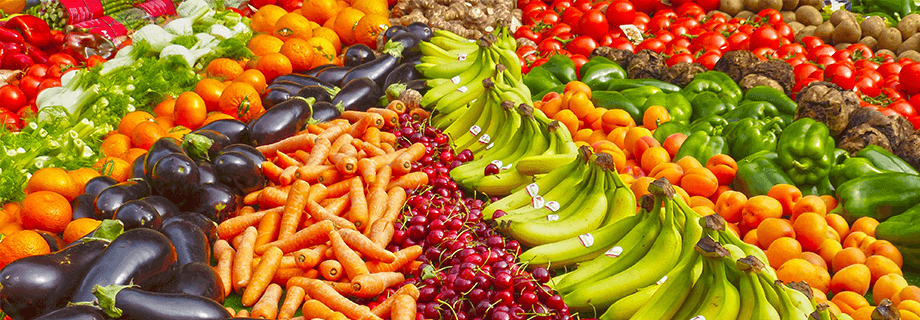Impact of Extrusion on Nutrients – Part 1: Proteins and Carbohydrates

The objective of cooking is to enhance the nutritional value of feed or food through applying controlled amounts of thermal heat for a given period of time in the presence of moisture. This will be a two part blog series. For the first part, we will discuss the impact of extrusion on both proteins and carbohydrates. The second post will discuss lipids, fats, and vitamins.
Extrusion cooking has been practiced for decades as a means of processing feed or food. During extrusion cooking, temperatures can be relatively high (260-350˚F) but the residence time at this elevated temperature is very short (5 to 10 seconds). For this reason, extrusion-cooking processes are often called HTST (High Temperature/Short Time).
These kinds of processes tend to maximize the beneficial effects of heating the feed or food stock while minimizing the detrimental effects on its nutrients.
The main nutrients that can be of concern while extruding are the proteins, carbohydrates, lipids, vitamins & trace minerals and water.
Proteins are denatured by the cooking process. The degree of denaturing is temperature dependent. Enzymes such as the anti-nutritional factors in oilseeds are proteins that can be de-activated by proper heat treatment through extrusion. Proper de-activation affects the tertiary and secondary structure while leaving the primary structure (amino acids) intact.
Undercooking is the lack of optimum heat necessary for the deactivation of the anti-nutritional factors in oilseeds. On the other hand, overcooking, is the result of applying too much heat that may result into the “Maillard Reaction“.
Unlike other amino acids, Lysine has two amino groups (NH2). Due to its extra amino group, lysine forms an amino-sugar complex with glucose or lactose.
The effect of extrusion on carbohydrates is primarily on starch gelatinization where its digestibility could be enhanced by the process. The degree to which this effect is produced is controlled by the severity of the extrusion process in the presence of water. On the other hand, the primary effect on fiber is through increasing its bulk density. The hollow fibrous materials are crushed due to mechanical action, grinding and shear.
It is also noted that part of the indigestible complex carbohydrates is converted into more soluble carbohydrates or even simple sugars. This may partially explain the higher energy value of an extruded product as compared to other treat treatments.
Stay tuned for part two when we discuss the impact of extrusion on lipids, vitamins, minerals and water.

